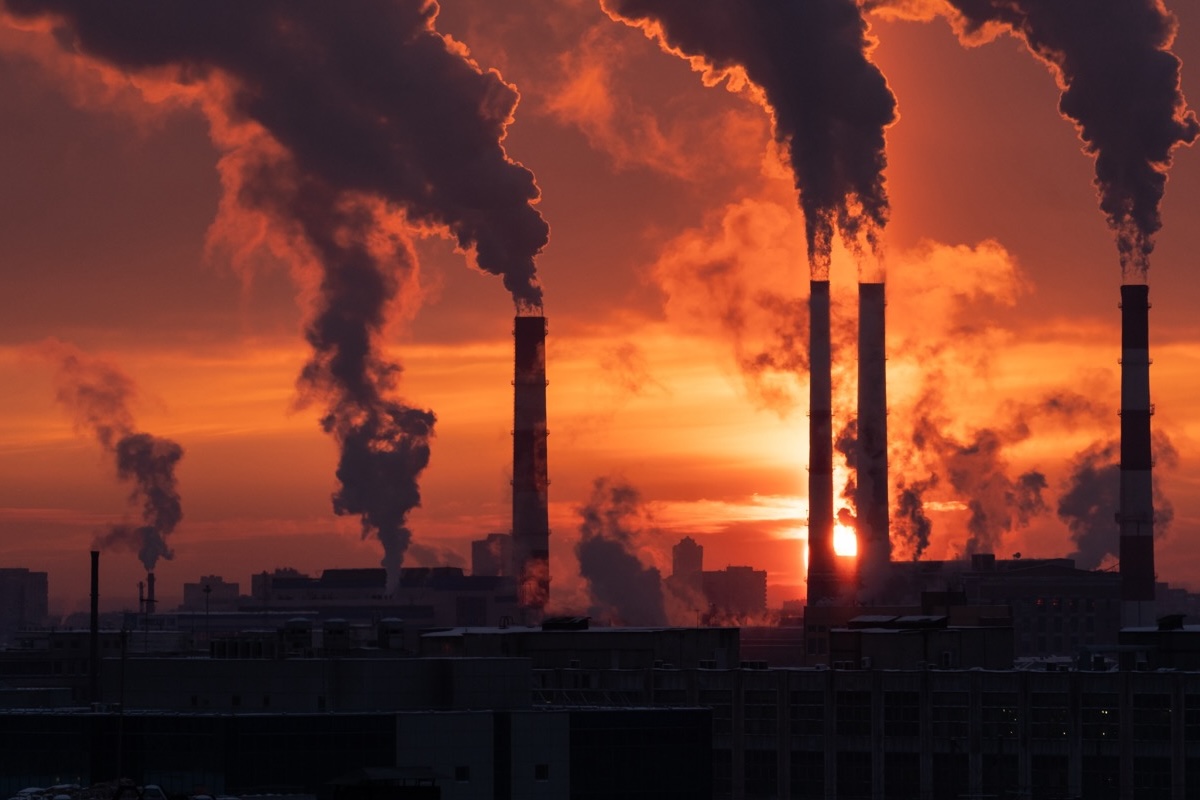Big Carbon Emitters Can No Longer Avoid Accountability
The Biggest Greenhouse-Gas Emitters Are Still Increasing Their Emissions

Since the Paris climate agreement, created in 2016, a mere 57 oil, gas, coal, and cement companies are producing 80 percent of greenhouse-gas emissions. Starting in 2013, the Carbon Majors Database began organizing and analyzing emissions’ data and allocating them to specific companies. Notwithstanding the Paris pledges of governments to cut greenhouse gases (GHG), these analyses show that most mega-producers increased their extraction of fossil fuels and the concomitant emissions over the prior years in the seven years since the accord.
Nevertheless, the Carbon Majors research is changing the narrative about responsibility for the climate crisis, if not yet the behavior, by squarely apportioning exact percentages of emissions to the giant producers. Satellites can now pinpoint the location and amount of GHG emissions being released anywhere on the planet, even as small as methane leaks from pipelines. Naming the offenders shifts the focus from consumers who are forced by government and corporate policy to rely on oil and gas to the producers.
Even though the Biden Administration has done more to address climate change than any other government, it has also made the United Stated by far the biggest oil and gas producer in the world. It has granted licenses to many new exploratory projects. This is despite the stark warning by the International Energy Agency that no new oil and gas fields can be opened if the planet is to keep to moderate global warming.
The most surprising trend presented by the Carbon Majors is the major growth of state-owned producers: China, India, Russia, Saudi Arabia, and Iran. China now accounts for more than a quarter of all greenhouse-gas emissions. ExxonMobil is the largest contributor among investor-owned corporations.
Because emissions are now being accurately attributed to each producer, the information is starting to appear on billboards, naming the culprits. Increasingly, it is being cited in legal challenges and is helping launch campaigns to force polluters to pay a percentage of profits into a fund to offset costs from devastating floods, wildfires, and heat waves.
Another piece of good news is the landmark legal decision in Montana for a group of young environmental activists establishing their constitutional right to a clean and healthy environment. The case, a first, was brought against state authorities for allowing unrestrained fossil-fuel production. Montana is a major coal producer with huge oil and gas reserves. The decision centered on whether the state’s policies were causing irreversible climate injuries. Although it is a state court verdict, it is having reverberations far beyond state lines. The ruling declares that environmental protection is a fundamental right and that governments can be held accountable for not upholding this right.










